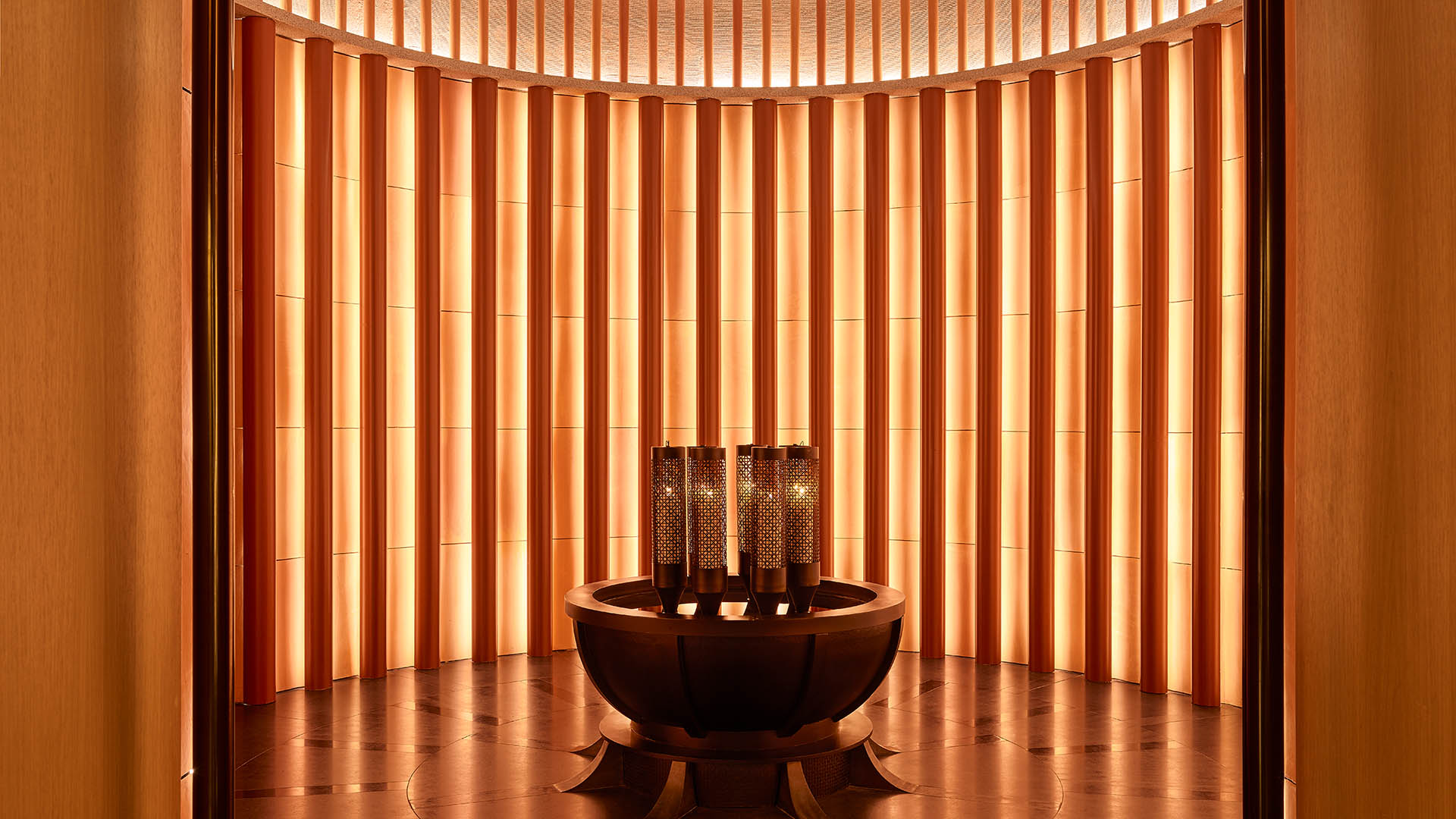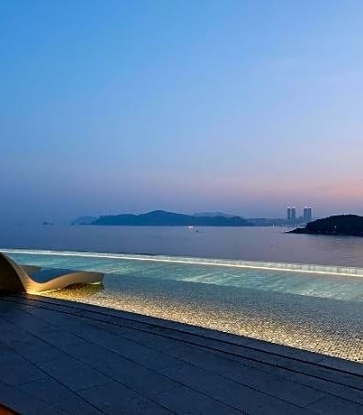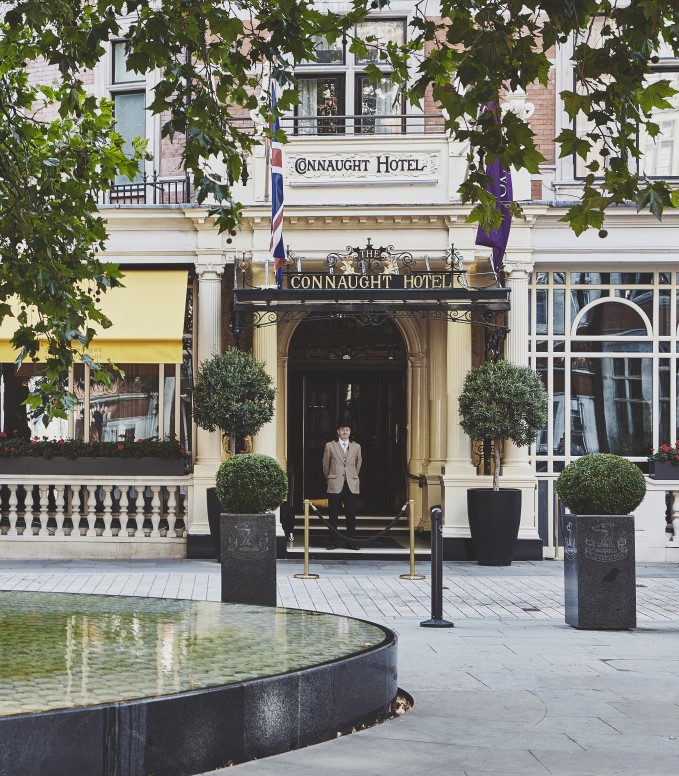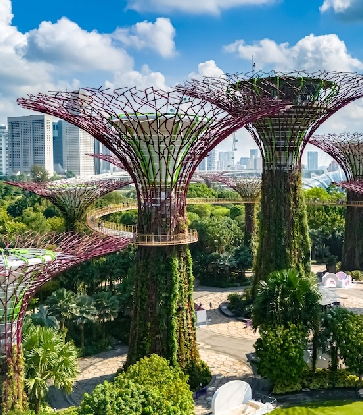Kaohsiung, fondly known as “The Harbour City”, is the largest city in southern Taiwan with endless seaside charms eager to be explored by travellers.
Facing the Taiwan Strait, Kaohsiung has gifted a coastal lifestyle to its local residents, offering abundant seafood and resources, thriving maritime trade and a unique coastal cultural landscape.
For those who love the ocean, we have put together a dedicated travel guide to help you relish in the harbour city’s charm and navigate the streets and alleys of Kaohsiung to find amazing food to eat, places to stay, and things to do.
RELATED: MICHELIN-Recommended Eats Along the Kaohsiung Metro Line

Where to Eat
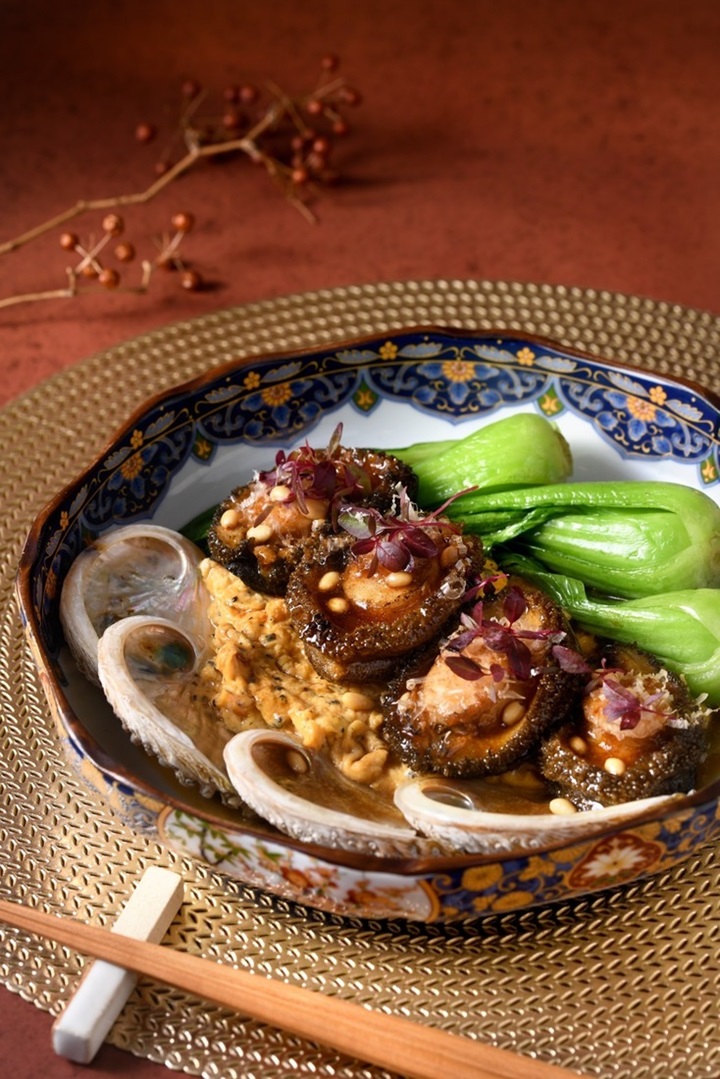
On the other hand, Kuca Seafood offers a completely different style of cuisine. While they also use seafood from the southern Taiwan waters, the restaurant incorporates innovative Western ingredients and techniques. For instance, mullet roe is added to a salad with squid and fresh prawns, while fried rice is tossed in truffle oil and squid ink. (Right photo: Kuca Seafood)
Over at Taiwanese restaurant Fu Yuan, the chef personally visits the market daily to source the freshest ocean fish. Apart from their daily seafood specials, signature dishes at the restaurant include Taiwanese Thick Soup with Assorted Seafood and Meat as well as Pan Fried Prawn Omelet, Shitake Mushroom, Sauerkraut.
Kaohsiung also has numerous restaurants that specialise in crab dishes. One such example is Crab’s House. This half-century-old restaurant uses fresh seafood sourced directly from Penghu to craft their signature dishes such as stir-fried salt and garlic mud crab. Good Crab House is another restaurant that gets their seafood fresh from Penghu or Taiwan’s main island. Their most renowned dish is no doubt the salt-baked virgin mud crab, which is loved for its deliciously rich and sweet roe.
RELATED: Autumn Crab Feasts: 5 Must-Eat Crab Dishes at MICHELIN Restaurants in Hong Kong

Another eatery worth mentioning is Tainan Wang located in the Qianjin District. Its founder started by selling Tainan-style eel fried noodles, but has since adapted the Kaohsiung menu by mixing eel noodles with sesame oil vermicelli. During mud crab season, customers can pre-order virgin crabs from the store. These crabs have a firm texture with a rich umami flavour. If you’re lucky, you may even get to try the “double-shelled virgin mud crab” (refers to virgin crabs before they have molted, when the crab roe is at its fullest and richest), which is considered a true delicacy among gourmets.
RELATED: Must-try MICHELIN-recommended Eats Near Tainan Art Museum

If you are looking for refined interpretations of local seafood, you can visit the one-MICHELIN-star Sho. The chef sources seasonal ingredients from various fishing ports and small farms around Taiwan. Their signature clay pot rice, for example, features the blackthroat seaperch sourced from Yilan’s Nanfang’ao in autumn.
RELATED: Aiyu Jelly: Taiwan’s World-class Ingredient of Limitless Possibilities
Taking a different approach, Nibbon utilises French and Italian cooking techniques to prepare locally sourced ingredients, with a seafood-focused menu that changes every two months. Past menu items include sweet shrimp with broth and seafood jelly; charcoal-grilled mussel foam with winter melon and edamame; and the steamed red coral perch with apple salsa and Thai-style lemongrass soup.
Apis Grill specialises in open-flame cooking, which lends a unique depth of flavour to their seafood through the use of charcoal and wood smoke. Apart from la carte menu items such as abalone with sea urchin sauce; large tiger prawns with seaweed and cheese sauce; and scallops with special fish broth; diners can also ask for the daily secret menu that features the catch of the day.

Where to Stay
Hotel Indigo Kaohsiung Central Park
Hotel Indigo Kaohsiung Central Park is a boutique hotel brand under the InterContinental Hotels Group. Recognising Kaohsiung’s role as a globally connected port city, the hotel’s exterior, lobby and guest room designs have incorporated strong elements of the harbour city’s identity. For instance, the hotel’s rooftop features sculptural art installations resembling shipping containers, while the hotel lobby has a décor shaped like the bow of a ship complete with a real ship’s anchor. With shipping container-themed guest rooms and deep ocean blue bathrooms, guests are immersed in the vibrant maritime atmosphere of this port city during their stay.

InterContinental Kaohsiung

Silks Club
Where to Go
Kezailiao Harbor
Located in Zihguan District, this small fishing village was once a gold mine for oyster farming, but had since transformed into a popular tourist port and fish market. It is also a key production area for mullet roe. Every afternoon when the fishing boats return to the harbour, visitors can observe the lively auctions at the fish market and absorb the bustling atmosphere while getting a glimpse of amazing catches.
The fishing village’s surrounding areas also have some hidden scenic spots. If you have the time and energy to spare, make your way to the Chihkan Settlement also in Zihguan to admire the traditional red-brick courtyard houses and the picturesque views of the traditional fishing village.
Stand Up Paddleboarding (SUP) at Love River
The small canals within Kaohsiung are also a well-known local attraction. The Lover River has complete entry points and floating dock platforms, which have opened up since last year to offer visitors water sport experiences such as SUP. Paddle along the river towards the estuary and you will be greeted with changing views of mangrove forests, cityscapes and the harbour. If you choose to venture out in the evening, you can even enjoy the stunning sunset and dazzling night views. RELATED: Video: Eat Like A Chef: Travel Along Kaohsiung with chef Andre Chiang and Ricardo Chaneton
Hero image: Shutterstock
The article is written by Charlie Chang and translated by Iris Wong. Read the original article here.







